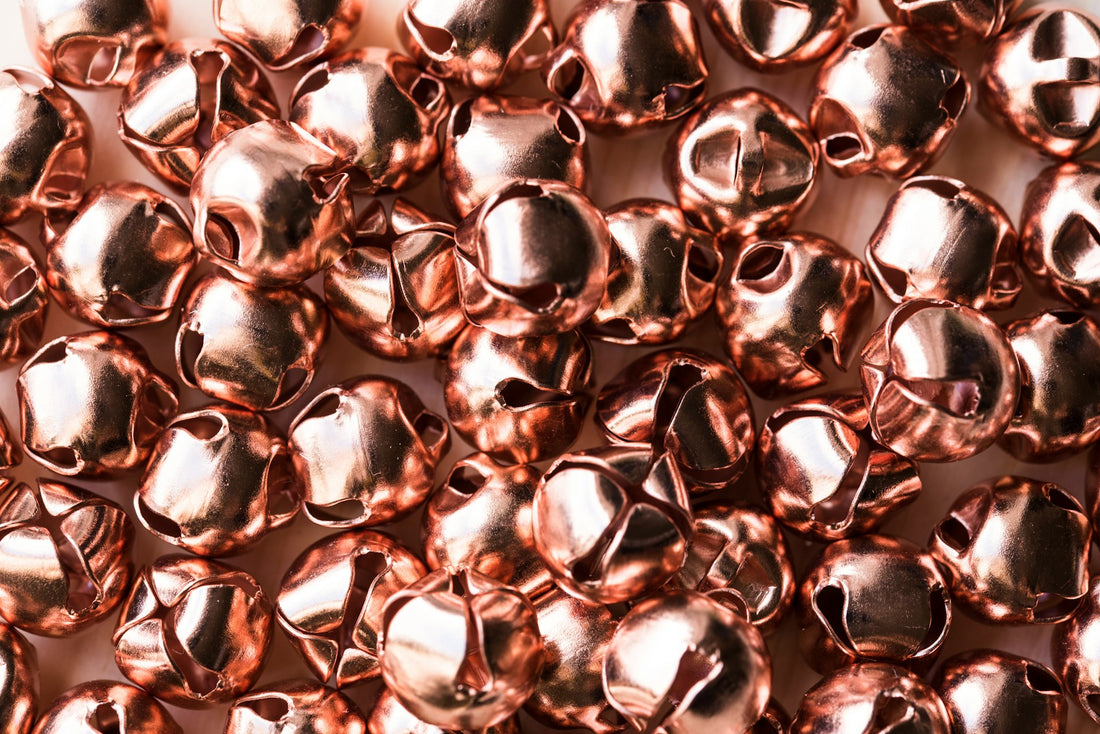
Tucker Induction Systems and Nikon SLM Solutions: Revolutionizing Copper 3D Printing
Share
In the world of additive manufacturing, copper has been a challenging material due to its unique properties, such as its high thermal and electrical conductivity. However, recent innovations are overcoming these challenges, positioning copper as a key material in 3D printing. A collaboration between Tucker Induction Systems and Nikon SLM Solutions has taken this technology to a new level, enabling the production of highly precise and efficient copper components.
Innovations in Copper 3D Printing
Copper, known for its ability to conduct heat and electricity, has traditionally been difficult to handle in 3D printing processes due to its high reflectivity and conductivity. However, with the use of advanced machines such as the SLM 280 PS , this collaboration has managed to control the laser melting process, allowing the manufacturing of complex parts with unprecedented precision.
- Improved Process Control: The use of advanced technology has allowed for more precise control of the printing process, reducing imperfections and improving the quality of the manufactured parts.
- Custom Components: The ability to print custom copper components is opening up new possibilities in industries such as electronics, automotive and aerospace.

Applications in Industry
The applications of copper 3D printing are vast, and with these new capabilities, more industries are expected to adopt this technology to improve their manufacturing processes.
- Electronics Industry: Copper 3D printing enables the manufacturing of printed circuit boards and other electronic components with greater efficiency and customization. Electronic devices can benefit from copper's conductivity, improving performance and durability.
- Aerospace: In the aerospace sector, where every gram counts, the ability to manufacture lightweight and durable components is crucial. Copper 3D printing is making it easier to create more weight- and performance-efficient parts.

Challenges and Opportunities
Although technology has advanced, there are still challenges that need to be overcome. One of the main challenges is optimizing printing parameters to ensure the consistency of the parts produced. However, the opportunities offered by this technology are vast and are transforming the way components are manufactured globally.
- Process Optimization: The industry continues to work on improving printing parameters to reduce defects and increase process repeatability.
- New Applications: As technology continues to evolve, new applications are expected to emerge in industries that previously did not consider copper as a viable option.
These innovations in copper 3D printing are paving the way for new industrial and commercial applications, pushing the boundaries of what is possible with additive manufacturing.

We understand that every project is unique, so we work closely with our clients to understand their specific needs and deliver tailored solutions to suit their goals and budgets.
Our expertise in a variety of 3D printing technologies allows us to offer a wide range of materials and finishes to meet the most demanding requirements. In addition, our focus on efficiency and design optimization allows us to offer fast delivery times without compromising quality.
At Printatonic, we are committed to providing exceptional service and outstanding results on every project. Trust us to bring your ideas from concept to reality with our cutting-edge 3D printing expertise and unmatched attention to detail.
Contact us today to find out how we can help you make your vision a reality.

